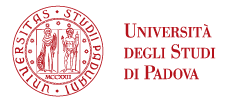Research
Home
News
People
Research
Publications
ICP-MS Lab
Geochemical and Hydrological Processes Lab
Ongoing projects
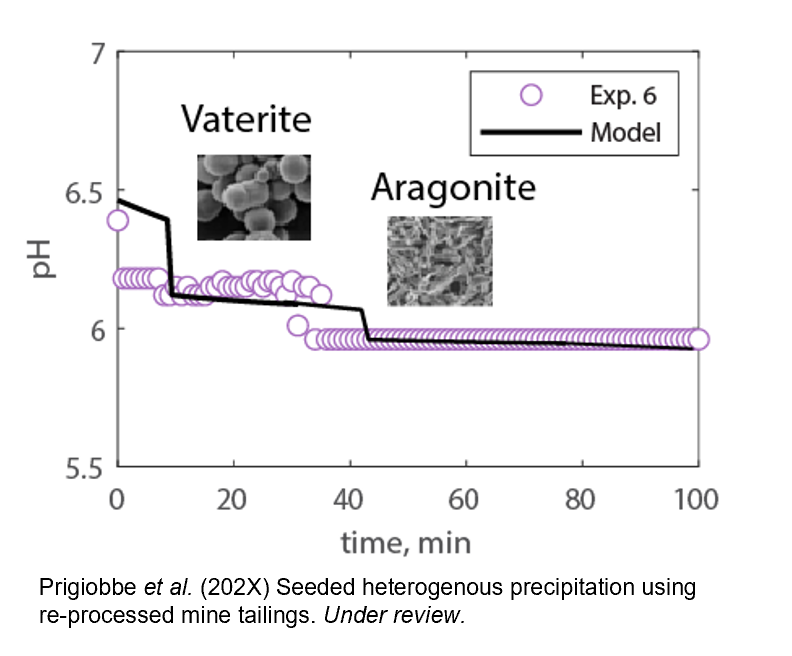
Carbon Dioxide Removal (CDR) Processes
We work on CDR using the carbon dioxide (CO2) mineralization process. CO2 is reacted in slurry with metal oxides from silicates or waste (e.g., mine tailing and brines) to produce carbonate minerals.
To off-set the cost of removal, we are integrating it with the recovery of critical minerals (CMs) from materials also rich in metals (e.g., Ca and Mg) that can react with CO2 making mining a net-zero carbon operation.
We perform experiments in the lab using online-controlled systems and we describe the measurements with mathematical models coupled with geochemistry.
The project is in collaboration with Clarkson University and it is funded by the Carbon Development Initiative at Columbia University and by the Ministry of University and Research through the Excellence Project.
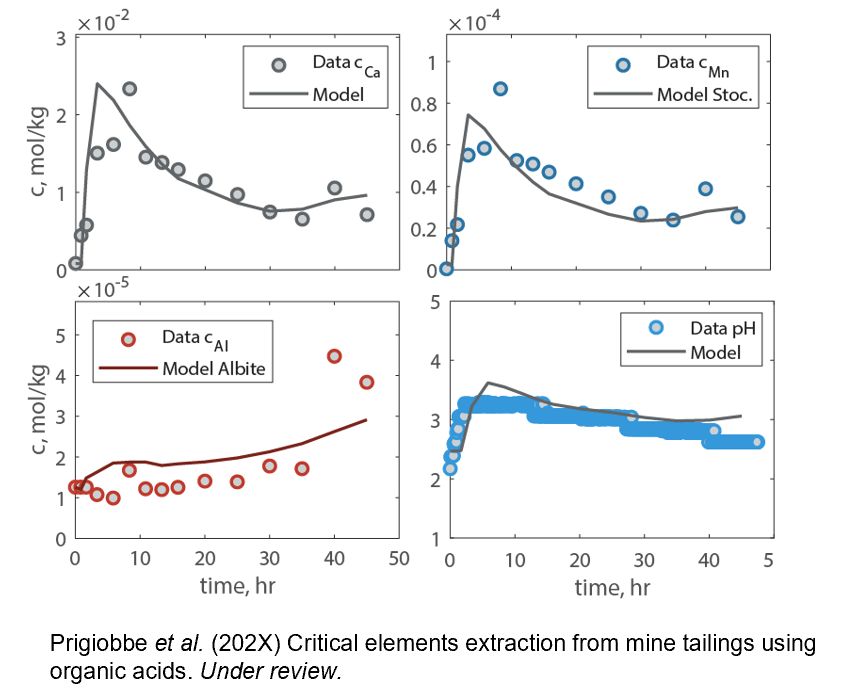
Mining of Critical Minerals Integrated with CO2 Mineralization
We work on the mining of critical minerals (CMs) from waste such as mine tailings and brines. We focus on the dissolution and membrane separation processes for the extraction and recovery of elements such as Cu, Al, Mn, and Ni.
To off-set the carbon dioxide (CO2) emissions of the operation we are integrating the mining with the CO2 mineralization where CO2 is reacted in slurry with the extracted and separated alkaline earth elements to form carbonate minerals such as CaCO3 or MgCO3 that can be reused in construction.
We perform experiments in the lab using online-controlled systems and we describe the measurements with mathematical models coupled with geochemistry.
The project is in collaboration with Clarkson University and it is funded by the Carbon Development Initiative at Columbia University and by the Ministry of University and Research through the Excellence Project.
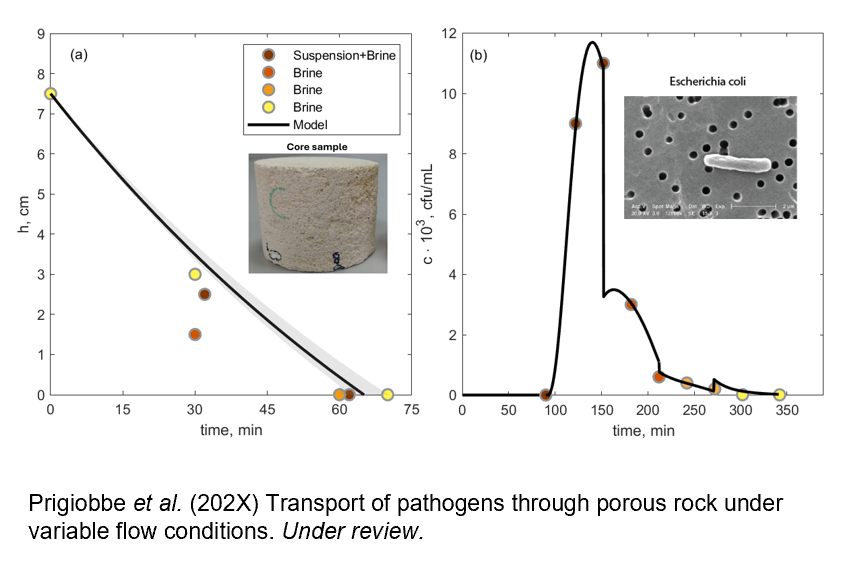
Transport of Pathogens in Porous Media
Untreated or partially treated wastewater may contain excessive concentration of pathogens that can enter water bodies and pose risk to human health. It is important to understand the fate of pathogens in soil to formulate best practices of wastewater reuse in agricultural fields.
In this project, we are developing and implementing a transport model coupled with bio-geochemistry to predict the transport of pathogens in unsaturated soils under variable flow and chemical conditions.
The project is a collaborative effort involving several researchers throughout Italy, including the University of Pisa, the University of Bari, the University of Catania, as well as CNR-IRSA in Bari.
The project is funded by the Ministry of University and Research.
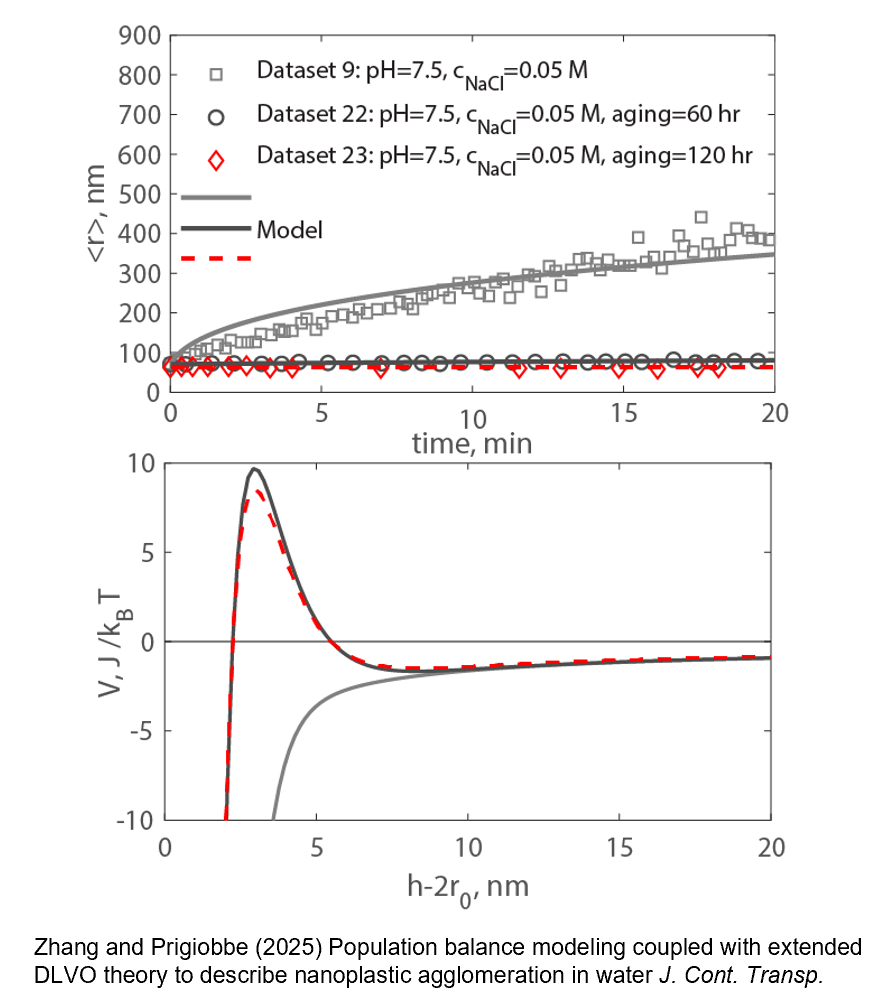
Nanoplastics Co-transport in Porous Media
Recent studies have shown that nanoplastic particles (NPs) can travel without retardation in soil and water and accumulate other contaminants onto their surface and within their porous structure such as: heavy metals, persistent organic molecules, and pharmaceutical behaving as contamination vectors around the planet.
In this project, experiments and modeling activities are carried out to create a model of NPs transport coupled with bio-geochemistry to understand co-transport of NPs in reactive porous media. Laboratory experiments using microfluidic and column-flood systems are performed on selected types of NP materials and under well-controlled laboratory conditions resembling natural aquatic environment.
The project is funded by the University of Padua.
Compound Flooding Modeling in Coastal Urban Areas
The interaction between groundwater and sewer network is an emerging issue in coastal urban areas. It is due to sea level rise (SLR), more frequent and intense precipitation events, and the aging of the networks in the country.
We work on the development of algorithms to couple hydrological models to describe and predict in real time compound flooding events in urban coastal areas with shallow unconfined aquifers and aging infrastructure.
To facilitate public sharing and usage, we are working on the tightly coupling of FloPy and PySWMM.
We are tuning and validating the algorithm on urban sites in Long Island (NY) and New Jersey where significant flooding events have occurred, recently.
The project is funded by the United State Geological Survey (USGS).

